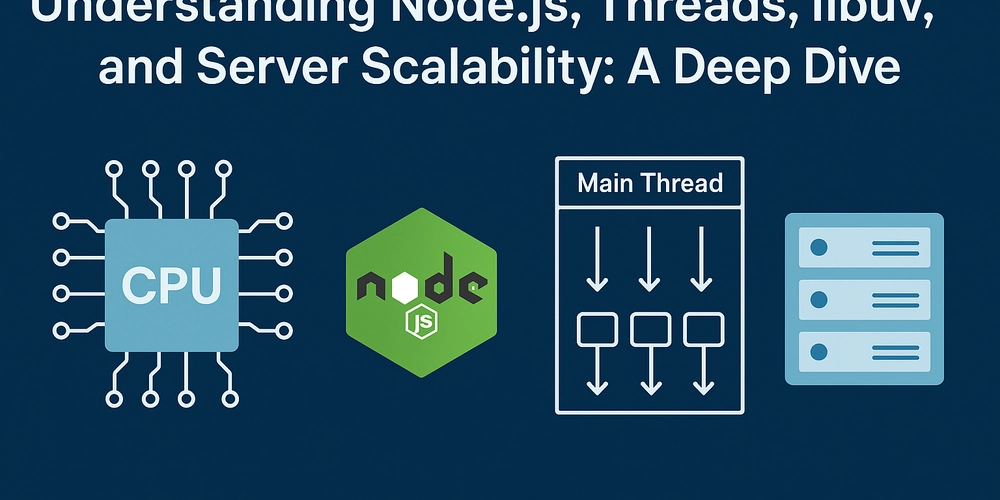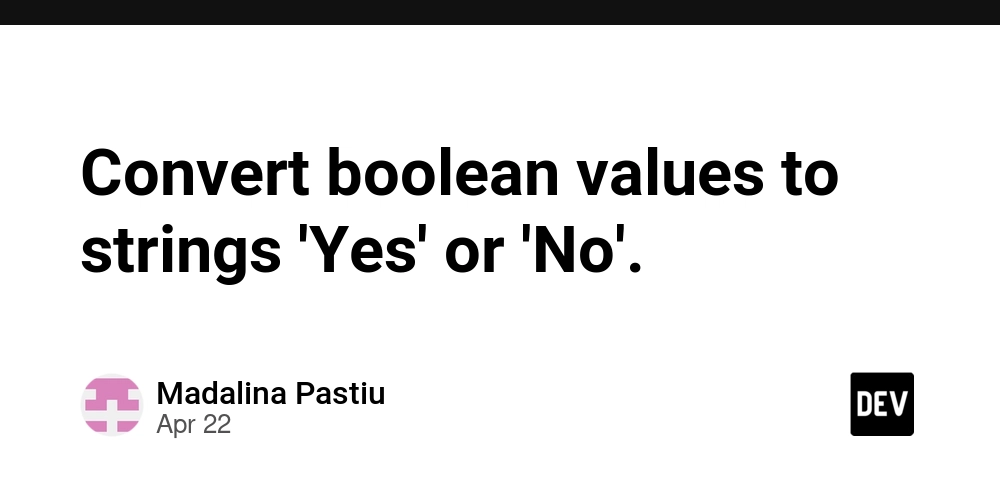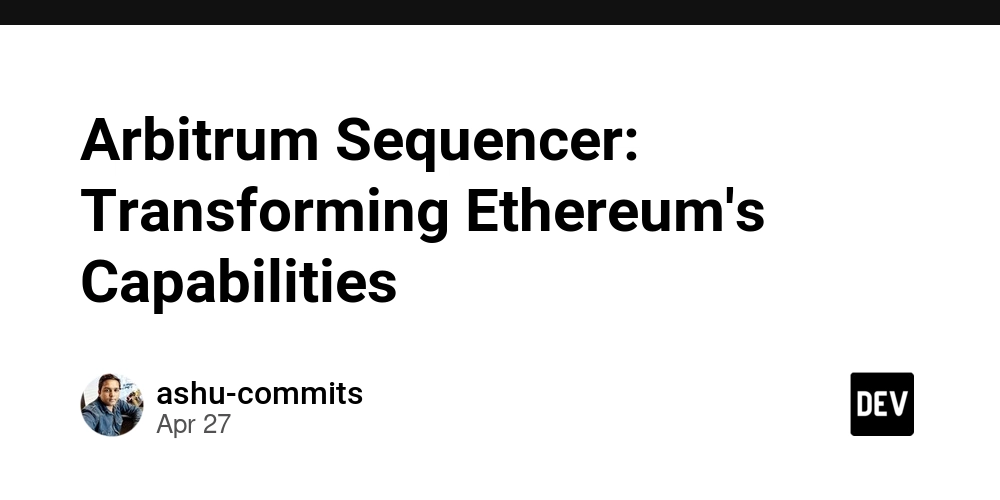Kotlin + gRPC: Nesting, Composition, Validations, and Idiomatic Builder DSL
In the first two articles of this series, we built our first gRPC service in Kotlin and explored the essentials of Protobuf schema design from optional and repeated fields to enums, oneof, maps, and how to evolve your schema safely. In this article, we'll level up again and explore how to: Compose more expressive data models using nested messages and message composition. Write idiomatic Kotlin code using the Protobuf-generated DSL builders. Understand what types of validations belong in your schema, and which should be handled at the application level. Let's get into it. Designing composite schemas As your service grows, you'll likely need to model increasingly complex data structures. Instead of dumping all fields into a single message, Protobuf encourages a compositional approach. Let's say we want to enrich our Note with: An author (id, name, email), And timestamps (created/updated). This is a great chance to encapsulate those concerns into separate messages: message Author { string id = 1; string name = 2; string email = 3; } message Timestamps { string created_at = 1; string updated_at = 2; } message Note { string id = 1; string title = 2; optional string content = 3; repeated string tags = 4; map metadata = 5; NoteStatus status = 6; Author author = 7; Timestamps timestamps = 8; } This brings several benefits: Better modularity: you can reuse Author or Timestamps elsewhere. Clearer separation of concerns. Cleaner and more readable .proto files. From a Kotlin perspective, this also maps nicely into structured types that you can build and test independently. Nesting messages (inline or not) Sometimes, if a message is only used inside a parent, it can be convenient to nest it directly: message Note { message Attachment { oneof source { string file_path = 1; string url = 2; } } string id = 1; string title = 2; Attachment attachment = 9; } This keeps your schema scoped and avoids polluting the top-level namespace with types that are internal to Note. In Kotlin, the generated class will be accessible as Note.Attachment, fully usable and composable like any other message. Writing idiomatic Kotlin with the builder DSL The protobuf-kotlin library generates Kotlin-style DSL builders for your messages. We've used these before, but now we'll dive into more advanced and idiomatic usage patterns. You can compose nested messages with the gRPC builders DSL in a very concise and expressive way. Take a look at this example: val note = note { id = UUID.randomUUID().toString() title = "My composed note" content = "This note uses nested messages and DSL composition" author = author { id = "user-123" name = "Lucas Fugisawa" email = "lucas@fugisawa.com" } timestamps = timestamps { createdAt = LocalDateTime.now().toString() updatedAt = LocalDateTime.now().toString() } } The note is composed using a natural composition language enabled by the gRPC builders Kotlin DSLs. This is clean, readable, and can leverage Kotlin's scope functions (apply, let, run) to make your code more concise and expressive. For example, let's say some fields should only be set when they're available: val maybeContent: String? = fetchContent() val note = note { title = "Conditional note" maybeContent?.let { content = it } if (includeTags) { tags += listOf("grpc", "kotlin") } if (metadata.isNotEmpty()) { metadataMap.putAll(metadata) } } Repeated and map fields in Protobuf are always initialized (empty by default), and Kotlin gives you a nice collection interface: note { tags += listOf("protos", "modeling") metadataMap["source"] = "imported" metadataMap["priority"] = "high" } You can also clear them when needed: note { clearTags() clearMetadataMap() } Again, these APIs are idiomatic and safe, and you never need to worry about null collections. Validation: should I validate on schema or application? A recurring design question is: what types of validation should live in the Protobuf schema, and which ones should be handled in the application code? The answer is about separating structural vs. business validation. ✅ Schema-level validation: enforce structure When we want to enforce structure, we handle validations by the schema itself: Is a field required or optional? → use optional, oneof, etc. Should only one of multiple fields be set? → use oneof. Should a field be a list? → use repeated. Is the value restricted to a fixed set? → use enum. These are enforced during Protobuf message parsing and ensure that the wire format is well-formed. message Note { optional string title = 1; oneof location { string folder = 2; string tag = 3; } } This ensures structural correctness before your business logic even ru

In the first two articles of this series, we built our first gRPC service in Kotlin and explored the essentials of Protobuf schema design from optional and repeated fields to enums, oneof, maps, and how to evolve your schema safely.
In this article, we'll level up again and explore how to:
- Compose more expressive data models using nested messages and message composition.
- Write idiomatic Kotlin code using the Protobuf-generated DSL builders.
- Understand what types of validations belong in your schema, and which should be handled at the application level.
Let's get into it.
Designing composite schemas
As your service grows, you'll likely need to model increasingly complex data structures. Instead of dumping all fields into a single message, Protobuf encourages a compositional approach.
Let's say we want to enrich our Note with:
- An author (id, name, email),
- And timestamps (created/updated).
This is a great chance to encapsulate those concerns into separate messages:
message Author {
string id = 1;
string name = 2;
string email = 3;
}
message Timestamps {
string created_at = 1;
string updated_at = 2;
}
message Note {
string id = 1;
string title = 2;
optional string content = 3;
repeated string tags = 4;
map<string, string> metadata = 5;
NoteStatus status = 6;
Author author = 7;
Timestamps timestamps = 8;
}
This brings several benefits:
- Better modularity: you can reuse
AuthororTimestampselsewhere. - Clearer separation of concerns.
- Cleaner and more readable
.protofiles.
From a Kotlin perspective, this also maps nicely into structured types that you can build and test independently.
Nesting messages (inline or not)
Sometimes, if a message is only used inside a parent, it can be convenient to nest it directly:
message Note {
message Attachment {
oneof source {
string file_path = 1;
string url = 2;
}
}
string id = 1;
string title = 2;
Attachment attachment = 9;
}
This keeps your schema scoped and avoids polluting the top-level namespace with types that are internal to Note.
In Kotlin, the generated class will be accessible as Note.Attachment, fully usable and composable like any other message.
Writing idiomatic Kotlin with the builder DSL
The protobuf-kotlin library generates Kotlin-style DSL builders for your messages. We've used these before, but now we'll dive into more advanced and idiomatic usage patterns.
You can compose nested messages with the gRPC builders DSL in a very concise and expressive way. Take a look at this example:
val note = note {
id = UUID.randomUUID().toString()
title = "My composed note"
content = "This note uses nested messages and DSL composition"
author = author {
id = "user-123"
name = "Lucas Fugisawa"
email = "lucas@fugisawa.com"
}
timestamps = timestamps {
createdAt = LocalDateTime.now().toString()
updatedAt = LocalDateTime.now().toString()
}
}
The note is composed using a natural composition language enabled by the gRPC builders Kotlin DSLs.
This is clean, readable, and can leverage Kotlin's scope functions (apply, let, run) to make your code more concise and expressive. For example, let's say some fields should only be set when they're available:
val maybeContent: String? = fetchContent()
val note = note {
title = "Conditional note"
maybeContent?.let { content = it }
if (includeTags) {
tags += listOf("grpc", "kotlin")
}
if (metadata.isNotEmpty()) {
metadataMap.putAll(metadata)
}
}
Repeated and map fields in Protobuf are always initialized (empty by default), and Kotlin gives you a nice collection interface:
note {
tags += listOf("protos", "modeling")
metadataMap["source"] = "imported"
metadataMap["priority"] = "high"
}
You can also clear them when needed:
note {
clearTags()
clearMetadataMap()
}
Again, these APIs are idiomatic and safe, and you never need to worry about null collections.
Validation: should I validate on schema or application?
A recurring design question is: what types of validation should live in the Protobuf schema, and which ones should be handled in the application code?
The answer is about separating structural vs. business validation.
✅ Schema-level validation: enforce structure
When we want to enforce structure, we handle validations by the schema itself:
- Is a field required or optional? → use
optional,oneof, etc. - Should only one of multiple fields be set? → use
oneof. - Should a field be a list? → use
repeated. - Is the value restricted to a fixed set? → use
enum.
These are enforced during Protobuf message parsing and ensure that the wire format is well-formed.
message Note {
optional string title = 1;
oneof location {
string folder = 2;
string tag = 3;
}
}
This ensures structural correctness before your business logic even runs.
❗ Application-level validation: enforce business rules
These rules depend on your domain logic:
- Title must be at least 5 characters.
- Author email must be valid.
- Updated timestamp must not precede created timestamp.
- Content length must not exceed 500 words.
These should be handled in your server (and possibly client) code:
require(note.title.length >= 5) { "Title must be at least 5 characters" }
require(note.timestamps.updatedAt >= note.timestamps.createdAt) {
"updatedAt cannot be before createdAt"
}
If you try to push business rules into the Protobuf schema, you'll quickly hit limitations and possibly hurt your API's flexibility.
Implementation summary: what changed from the previous article?
As I mentioned in the previous article, the source code for the scope of each article will be made available in individual branches at the note-service-kotlin-gprc repository, while HEAD on the main branch will accommodate the latest working version.
In the article, I highlighted only parts of the code that were relevant to understanding the concepts. So, here is a summary of what changed in the code, which can be checked in detail in the article3-composition-validation repository branch.
✅ Protobuf implementation:
- Added
AuthorandTimestampsmessage types. - Included
authorandtimestampsfields insideNote. - Moved
AttachmentinsideNoteas a nested message usingoneoffor mutually exclusive fields (urlvsfile_path). - Updated
CreateNoteRequestto allow clients to pass anAuthor.
✅ Server-side logic:
- Dynamically sets
timestampson note creation usingClock.System.now(). - Calculates and includes word count in
metadataDetails. - Composes the full
Noteusing nested builders (author { ... },timestamps { ... }) idiomatically.
✅ Client-side logic:
- Demonstrates how to build nested structures using Kotlin's builder DSL (
createNoteRequest { ... }). - Uses conditional composition (
tags +=,metadata["key"] = value, etc.). - Prints nested fields clearly: timestamps, author info, oneof handling for attachments.
Final thoughts
In this article, we covered:
- How to build richer and more structured Protobuf schemas with composition and nesting.
- How to write idiomatic Kotlin using the DSL builders generated by
protobuf-kotlin. - How to compose messages conditionally and fluently.
- When to validate at the schema level, and when to leave it to your app logic.
These are foundational skills for writing maintainable, expressive, and production-ready gRPC services.
Next up, we'll explore a new dimension: gRPC Streaming in Kotlin, including how to build reactive APIs with coroutines and Flows — perfect for real-time updates and sync.
To explore more about Kotlin-related topics, subscribe to my newsletter at https://fugisawa.com/ and stay tuned for more insights and updates.































































































































































![[The AI Show Episode 143]: ChatGPT Revenue Surge, New AGI Timelines, Amazon’s AI Agent, Claude for Education, Model Context Protocol & LLMs Pass the Turing Test](https://www.marketingaiinstitute.com/hubfs/ep%20143%20cover.png)














































































































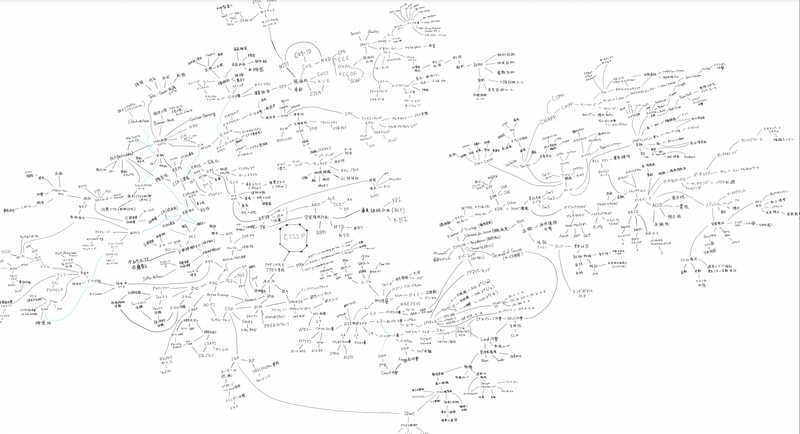












![[FREE EBOOKS] AI and Business Rule Engines for Excel Power Users, Machine Learning Hero & Four More Best Selling Titles](https://www.javacodegeeks.com/wp-content/uploads/2012/12/jcg-logo.jpg)























































































































































































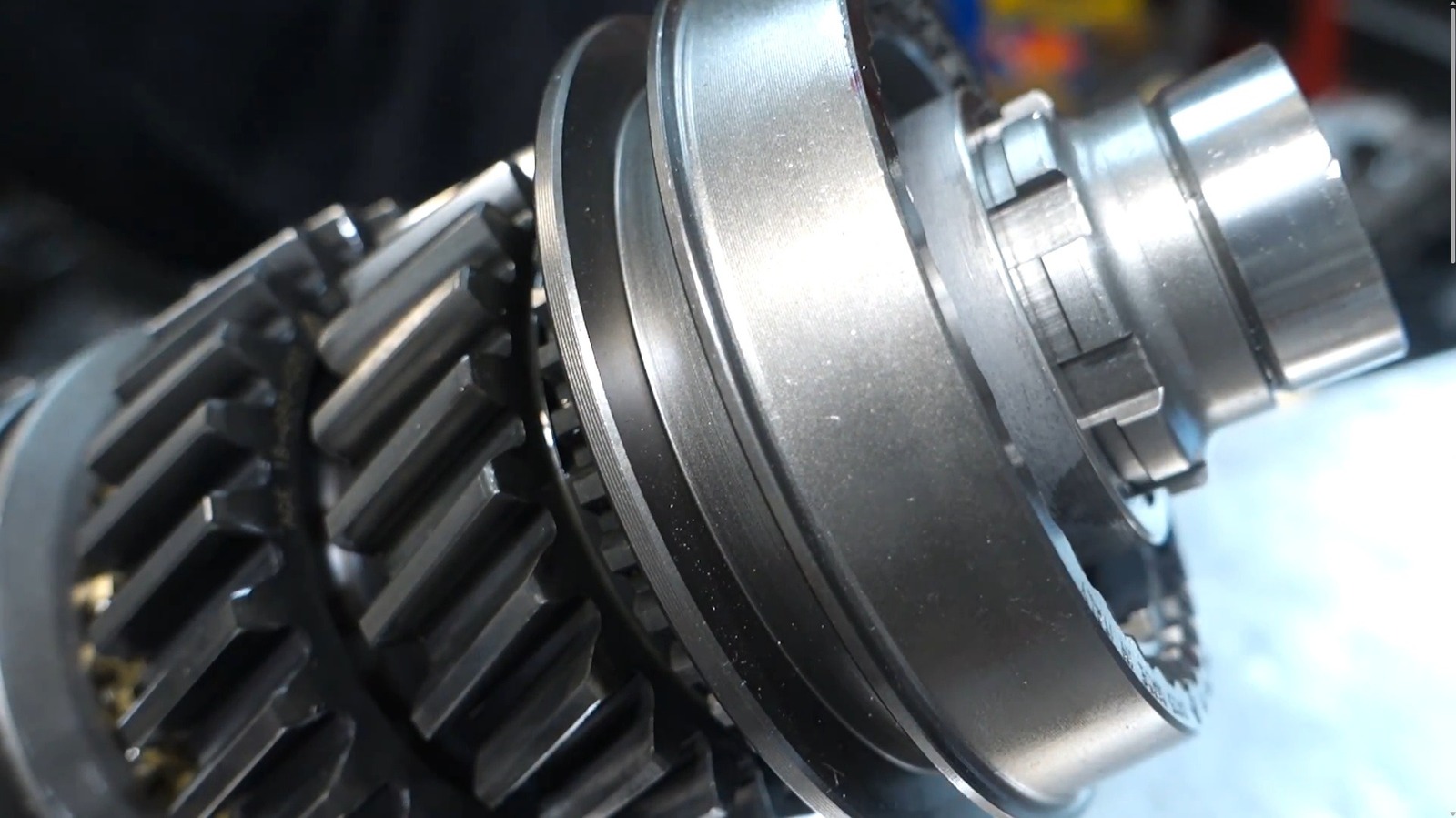


















































![Hostinger Horizons lets you effortlessly turn ideas into web apps without coding [10% off]](https://i0.wp.com/9to5mac.com/wp-content/uploads/sites/6/2025/04/IMG_1551.png?resize=1200%2C628&quality=82&strip=all&ssl=1)




![This new Google TV streaming dongle looks just like a Chromecast [Gallery]](https://i0.wp.com/9to5google.com/wp-content/uploads/sites/4/2025/04/thomson-cast-150-google-tv-1.jpg?resize=1200%2C628&quality=82&strip=all&ssl=1)












![Apple Drops New Immersive Adventure Episode for Vision Pro: 'Hill Climb' [Video]](https://www.iclarified.com/images/news/97133/97133/97133-640.jpg)

![Most iPhones Sold in the U.S. Will Be Made in India by 2026 [Report]](https://www.iclarified.com/images/news/97130/97130/97130-640.jpg)

































































































































